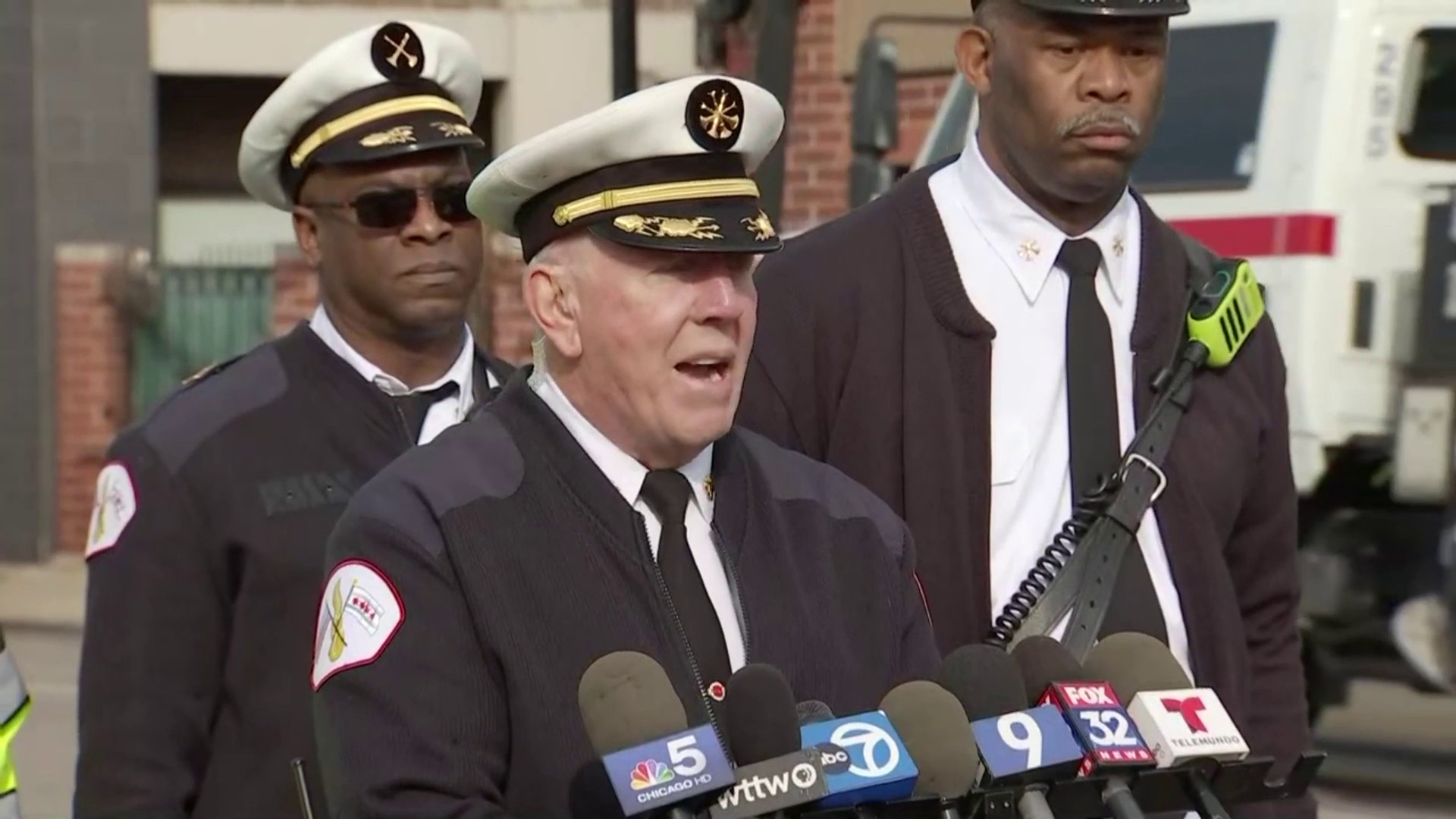While the majority of railroad lines, including Amtrak and Metra, use a sophisticated train control system, the Chicago Transit Authority was able to get an exemption.
NBC 5 Investigates is learning more about safety concerns on the CTA prior to Thursday’s Yellow Line train crash.
For years, federal regulators have called for the CTA to install a sophisticated train control system to help prevent crashes and derailments like Thursdays. NBC 5 Investigates found out why the CTA didn’t follow the safety recommendations.
It comes down to money. Even though the National Transportation Safety Board has recommended specific changes to the CTA’s train control systems for years, CTA leadership has said making those changes would take up their entire budget.
In 2009, Congress mandated all freight and commuter railroads implement something called the Positive Train Control system or PTC.
"Congress mandated that all freight railroads, commuter railroads like Metro, adopt Positive Train Control," said Joseph Schwieterman, transportation expert at DePaul University. "It’s high tech that can stop trains, slow trains down when they're in harm's way. [It] basically takes human error out of the equation when you have an accident [or] incidents involving track blockages from other trains."
While the majority of railroad lines, including Amtrak and Metra, use the PTC system today, the CTA was able to get an exemption.
"The old line transit systems like the CTA, the New York subway, made the case that just the age of the system, the number of cars they have, all that made it really complicated to get done in a tough urban environment where it's hard to put up signals that are needed for the relay transmissions," Schwieterman said. "They made the case, but I think we see actions like this, there's going to be a push to get rid of those exemptions for rapid transit."
Six years after Congress passed their mandate, a CTA Blue Line crash brought a renewed focus to the system.
On March 14, 2014, 34 people were injured in the Blue line crash at O’Hare and federal investigators found the driver of the train had dozed off before the crash.
Feeling out of the loop? We'll catch you up on the Chicago news you need to know. Sign up for the weekly Chicago Catch-Up newsletter here.
Federal regulators once again urged CTA to adopt the PTC system.
“The O’Hare crash we had a number of years ago is a good example where Positive Train Control likely would have stopped the train. It, in effect, overrides human error, human judgment, so those types of accidents can be avoided,” said Schwiederman.
NBC 5 Investigates found communication between the CTA and NTSB showing that CTA leaders dismissed the recommendation, saying it would cost $2.4 billion to implement and would disrupt service for CTA customers.
The two agencies have gone back and forth for years. The NTSB has gone as far as suggesting it will advocate for federal financial assistance for the CTA to implement the system.
They also suggested the cost to implement the system could be incorporated into a multi-billion-dollar grant request the CTA had already made to expand the Red Line.
Yet CTA leaders did not follow through, and the federal recommendation report into the O'Hare crash is still listed – nine years later -- as "open- unacceptable."
But upgrading the system is still not part of CTA’s plan. NBC 5 Investigates combed through the five-year strategic plan for CTA and Metra, released in 2018. In it, Metra allocated $385 million to install the PTC system, but the PTC system was not among any of CTA's priority projects.
As recently as last month, the CTA’s 2024 budget recommendation plan lists one of its goals as meeting "regulatory requirements," which "might include new systems, such as positive train control (PTC)."
“Tough for the CTA to get this done," Schwiederman said. "There’s so many older vehicles, and it is a complicated system with tunnels that make it hard for the signals to come through. So they've taken a slower approach on that. Yesterday we saw there's some downsides to that strategy."
Eight years later, Schwieterman points out the CTA has made other critical improvements since the O'Hare crash.
“They've made really good progress, getting their track back up to speed, also station facilities to improve conditions for individuals. The CTA felt the cost benefit of Positive Train Control just wasn't there," said Schwieterman.
In addition to being very expensive, the PTC has other downsides, according to Schwieterman.
"We know the Positive Train Control does have some downsides, to that there were outages; their errors can cause delays. We saw that on Metro trains. It's very tough to turn trains around quickly when they get to the terminal,” said Schwieterman.



